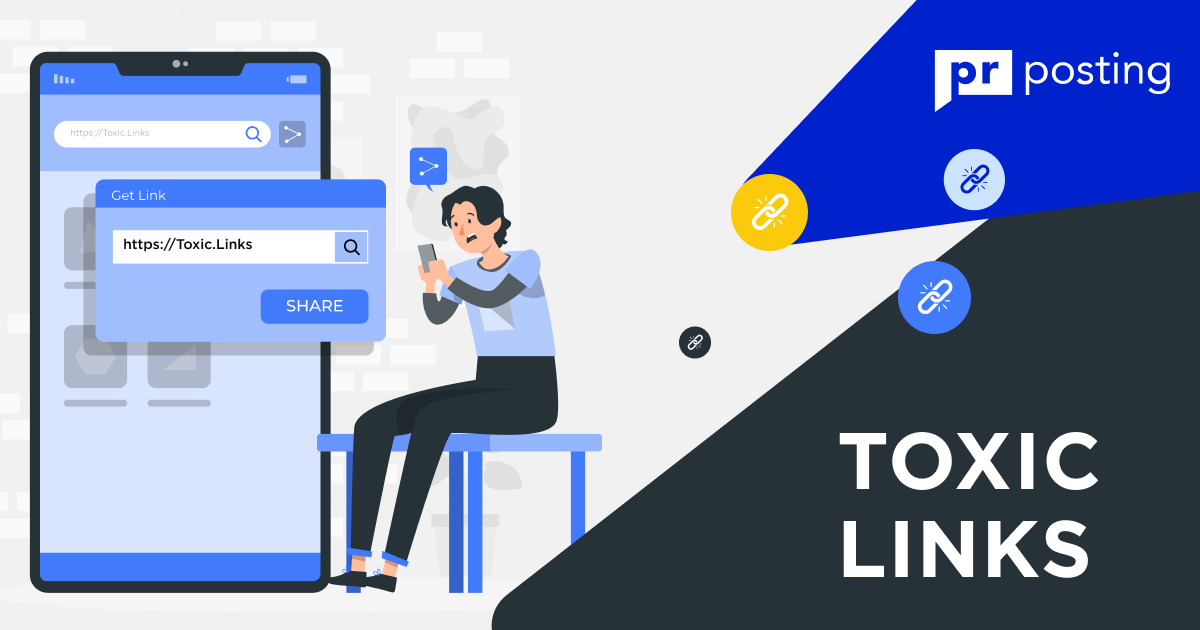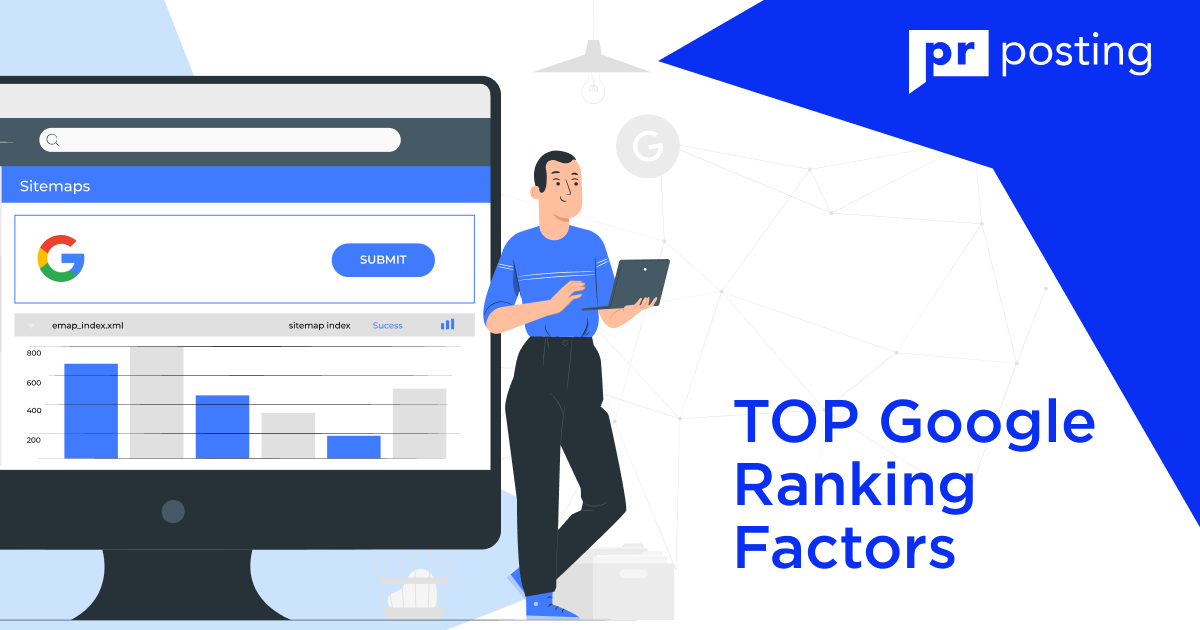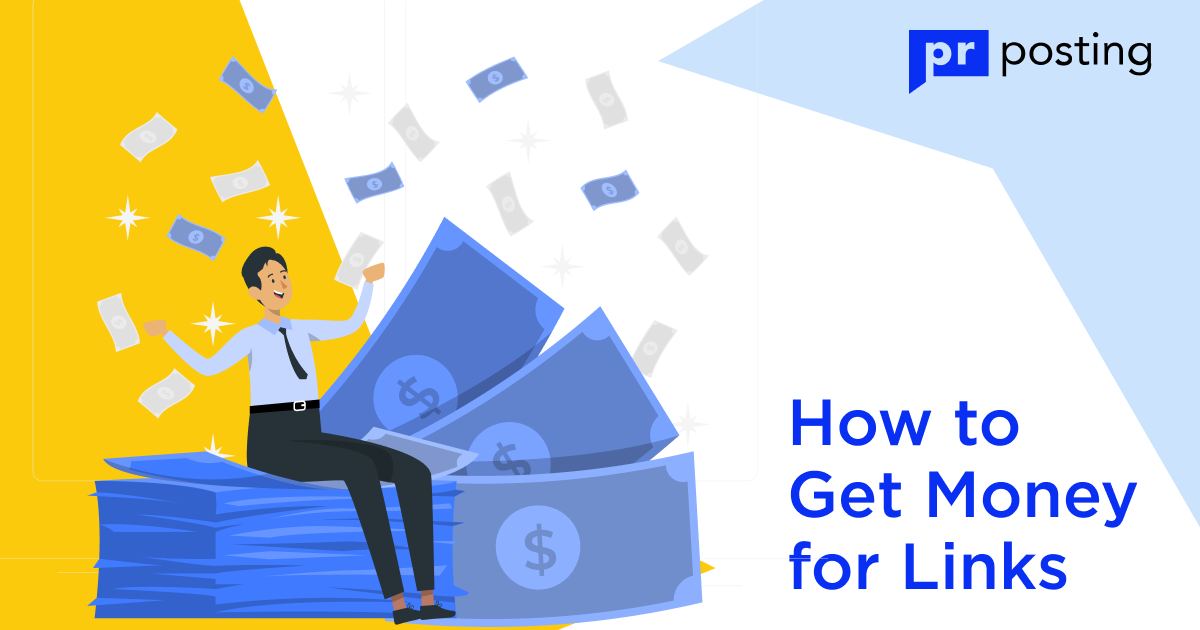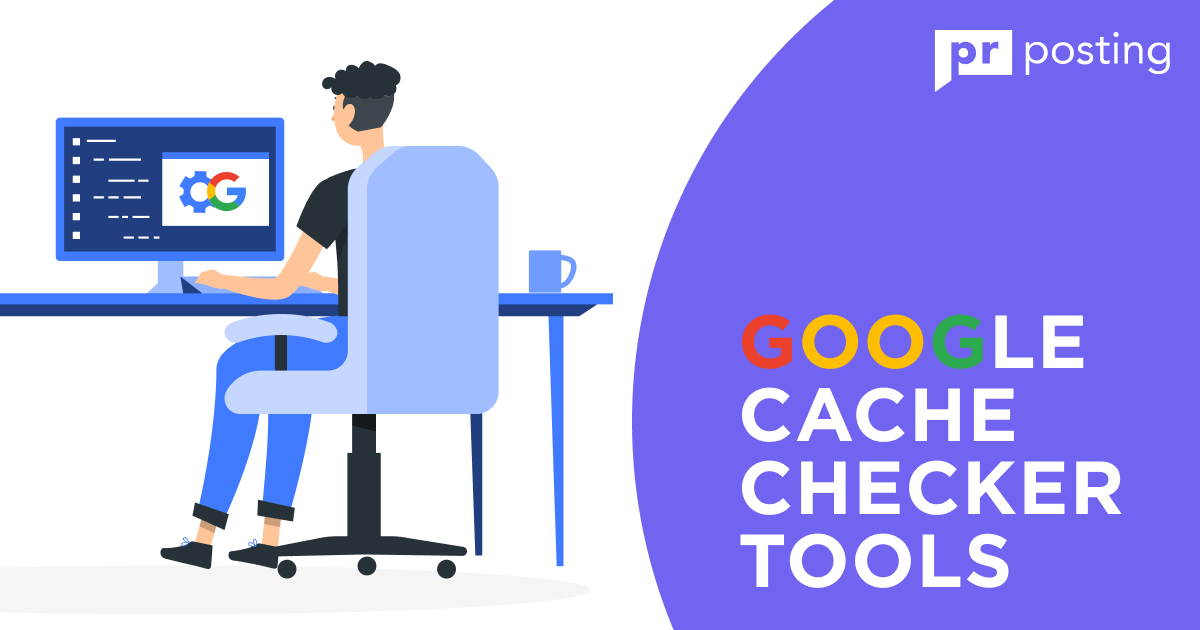How To Identify And What To Do With Toxic Links?

What Is A Toxic Link?
Toxic links are incoming URLs from low-quality resources that have signs of SERP manipulation. They greatly harm the reputation of the site, since their appearance often entails the imposition of automatic filters and manual sanctions, which leads to the loss of positions in the SERP.
Criteria For Toxic Links
There is no consensus in the field of SEO about what is considered “toxic links”. There are only established criteria by which the harmfulness of a particular link is determined. Most often, commercial anchors become triggers, when not a brand or company name is used, but a certain phrase (key) for which the owner of the resource wants to get into the TOP. Toxicity increases as the words are used multiple times.
The second important parameter by which URL toxicity can be determined is when the resource is referenced by sites with no traffic and zero trust. More often, these are sites that appeared as a result of generating or parsing content, or sites of the same subnet. Such resources do not have visibility for key queries, and as a rule, it is not difficult to identify them using special tools.
Additional criteria for link toxicity:
- URL from irrelevant resources: a link to a car dealership in an article about animals would not be very successful;
- links of a hidden type, which may appear in free plugins;
- reference mass that comes from comments with a hidden anchor;
- anchors that were created from virtual platforms for earning, they come from low-quality networks;
- links from donors excluded from indexing by search engines;
- if the anchor is «empty» — this is also a sign of toxicity, for example, when the link is attached not to the thematic word, but some symbol.
Causes Of Toxic Links
Quite often, toxic links appear quite naturally when the site owner harms himself. Additionally, their emergence is facilitated by the intrigues of competitors. Only comprehensive control over the state of the site, including the reference mass, guarantees its successful optimization.
Reasons why «malicious» URLs appear:
- Outdated links. It is quite possible that they were relevant at the time of placement, but became bad after a couple of years. Alternatively, they were incorrectly evaluated when optimizing the site, as a result, the owner of the resource, due to lack of knowledge, harmed himself “in the past”.
- Mistakes made by an SEO specialist when link building.
- The presence of doorways, when toxic reference mass appears as a result of the actions of competitors.
- Features of the CMS structure. A common case is the endless reproduction of links with the same commercial anchor when the article preview falls into all possible blocks.
- Misuse of the affiliate program. For example, when links with incorrect anchors are placed. Here, the only way out will be to tighten the rules of the affiliate program.
Other options for the appearance of such links are end-to-end blocks and random links that do not have significant information and are not useful.
Why Should You Track Toxic Links?
This allows you to solve a number of the following tasks:
- Prevention of site reputation. If an SEO specialist doesn’t monitor or notice toxic links, it doesn’t mean that they don’t exist.
- Risk reduction. If you can quickly identify a large accumulation of toxic links, this allows you to take timely measures to get rid of them.
It is important to pay attention to all the URLs that are present in the project for their quality and existence.
By removing toxic links from the profile of his site, its owner conducts a kind of prevention and monitors the overall “health” of his resource, preventing his reputation from suffering.
How to Find Toxic Links: Toolkit
It is far from always possible to identify toxic links on your own and inaction can lead to adverse consequences for the resource. For example, he will lose several positions in the TOP at once or even get a filter in the search engine for spam.
You can track malicious URLs using services that allow you to find and group dangerous reference mass. However, it is important to understand that instruments do not always accurately determine toxicity, but give rise to an independent analysis.
Ahrefs
Ahrefs offers three options for finding toxic links:
- Research of backlinks.
- Anchor list analysis.
- Study of subnets.
To track the status of backlinks, just go to the report on them and group the results by similar ones. This will filter out identical backlinks. Next, select a URL by dofollow type and group from smallest to largest by DR.
Such a classification allows you to immediately see the main contenders for toxicity, even in a large list of results it is advisable to pay attention to the first positions since they bring maximum harm.
Additionally, this ranking allows you to see donor sites that should be sorted by traffic for convenience. Those of them that are highly attended can not be deleted. Here it is important to consider how the presence of the above patterns benefits the brand.
Since anchor text with commercial elements is often the main trigger for toxicity, often their huge number is caused by the features of the CMS. Therefore, we recommend paying attention to the origin, as well as the percentage of commercial anchors to other types of anchors.
The screenshot shows a suspiciously large number of identical anchors «сайте МАВР» concerning other anchors.
A useful feature of Ahrefs is to explore subnets by grouping domains referring to a resource by IP. It allows you to identify any anomalies and low-quality sites.
Serpstat
Serpstat is a multifunctional SEO platform that allows you to conduct a quality audit of the promoted resource. Including a module for studying existing backlinks.
It is here that you can find a report on «malicious sites» when you try to go to them, Google Chrome blocks the click. The report is presented in the form of a table with the indication of malicious donors.
There is also functionality for analyzing the anchor list and the authority of donors, like in Ahrefs. The only thing is that the database here is smaller.
MOZ Explorer
The main advantage of MOZ Explorer is the presence of Spam Score, which determines the number of bad and good backlinks for the site’s reputation. The inconvenience is represented by a meager filtering system, all data is presented in a regular table.
Link Building Techniques That Lead To Toxicity
Almost all existing link-building methods lead to toxicity if used incorrectly. It all depends on how competently they are used to promote the site. For the links to turn out as natural as possible, the links must be useful, so that the source receives the most beneficial content for itself, and the primary resource receives a quality link. Such a reference mass will not arouse the suspicions of search engines and will not lead to the imposition of filters.
Such a popular link-building method as registration in aggregators, directories, and sites with ads, if handled carelessly, can lead to the appearance of toxic links. Getting to such platforms is quite simple: more often you just need to register or apply to the administrator.
Examples Of Toxic Links
Although almost any link can become toxic, an experienced SEO will always be able to distinguish between a harmful mass of URLs and a useful one. Typical examples of unsafe links that are best avoided when promoting a resource:
- Links that are inserted on the signatures in the profile involved in the forum. This is a safe option if there is simple brand advertising. As for commercial anchors, their duplication under many posts harms the image of the resource.
- If a commercial anchor is present in the comment title, then such promotion also significantly harms the site. This suggests that the post does not pass moderation, respectively, the donor resource is an ordinary dummy.
- The presence of Pingback in WordPress, indicates the possibility of any link-building method. This always leads to the formation of toxic links.
- If a commercial anchor is present in an end-to-end ad unit placed in the content text, this creates a threat of creating toxic links. This method becomes a good tool only under the condition of a branded anchor or calls to action.
- A affiliate program, if made by a marketer without SEO knowledge, increases the risk of toxic links. They are formed as a result of inserts with a commercial anchor, for example, in the form of a through ad block in the text.
Sometimes it is difficult for a beginner to determine how toxic this or that promotion method will be. About 90% of SEO methods can turn out to be harmful, the main thing is to maneuver correctly, creating a balance.
How Does Google Find And Respond To Spam Links?
The main danger in the appearance of toxic links is the reaction of search engines to them.
The algorithm of the search engine with any spam (this applies not only to text but also to links) consists of three options:
- ignoring;
- pessimization;
- the imposition of manual sanctions.
Most often, Google ignores toxic links, which allows resource owners not to feel a sharp loss of traffic. However, this behavior is not always useful, because the search engine will not tell you exactly which link is bad and which is good, which leads to extra budget costs. Pessimization often occurs after updates, which forces resource owners to regularly monitor their site using any available toolkit.
What To Do With Toxic Links
There are several strategies to deal with toxic links. You can choose the most convenient:
- Remove links physically. This method is relevant only if manual sanctions were received from the search engine. This work is quite monotonous and painstaking.
- Use tools from Google — Disavow Links Tool. Even Google itself recommends using it only after you have tried to manually remove low-quality links. To do this, you need to prepare a txt document with a list of URLs. It can be either specific pages of the site or a domain.
- Carry out the correction of commercial anchors if there is over-spam in the anchor list. Ideally, if there are opportunities to influence your PBN network.
- Closing identified or questionable links with attributes. More often, nofollow is used for this. This method works best when you have your own PBN network, or when link generation is associated with an affiliate program.
- The most affordable way is to simply ignore toxic links if their number does not exceed globally 5% of the total mass. There is no site with a perfect reference mass, so a small amount of malicious URLs is perfectly acceptable.
Tips for Preventing Toxic Links
The main recommendation for prevention, which saves from the occurrence of toxic site links, is to regularly monitor their appearance. To always be in the know, it is enough to monitor them once a week/month, depending on the chosen niche.
Additional prevention tips:
- Conduct an audit of the resource to get an overall picture of the usefulness of the existing reference mass.
- If the audit revealed the presence of toxic links, they should be removed. This is a rather monotonous work, which can be considered basic. But with the help of it, it will be easy to bring the reference mass of the site to a normal level.
- Toxic links tend to appear regularly, so it is advisable to instruct the SEO specialist to constantly monitor their status. Under the condition of control with the selected frequency, the process of eliminating malicious links will take no more than 15 minutes.
A small amount of toxic links (no more than 5% of the total) does not require any action, the main task, in this case, is to build up useful links.
More Like This

TOP Google Ranking Factors

How to Get Money for Links





